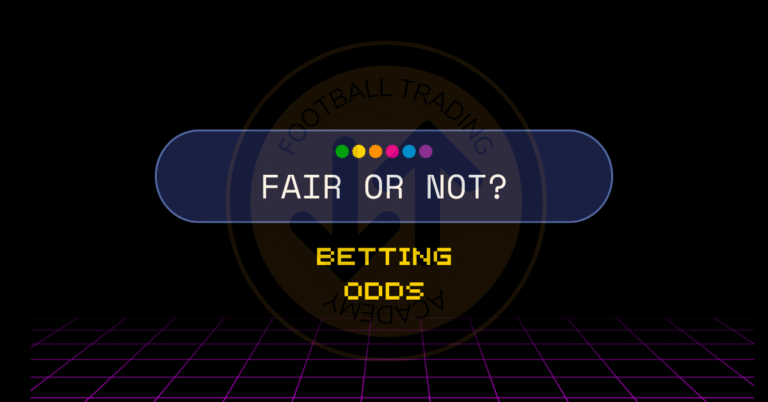Choosing the right staking methods is crucial in betting and sports trading. It determines how much you wager on each bet and can significantly impact your long-term profitability. Let’s delve into some of the most popular staking strategies, examining their advantages and disadvantages.
1. Flat Staking
Overview: Flat staking involves betting the same fixed amount on every selection, regardless of the odds or perceived value.
Pros:
Simple and easy to implement.
Reduces the risk of significant losses.
Ideal for beginners to maintain discipline.
Cons:
Doesn’t capitalize on high-value bets.
May lead to slower bankroll growth compared to dynamic methods.
2. Martingale System
Overview: The Martingale strategy involves doubling your stake after each loss, aiming to recover all previous losses with a single win.
Pros:
Theoretically guarantees a profit if you have an unlimited bankroll.
Simple to understand and implement.
Cons:
High risk of substantial losses during losing streaks.
Requires a large bankroll to sustain consecutive losses.
Not suitable for markets with betting limits.
3. Kelly Criterion
Overview: The Kelly Criterion is a mathematical formula that calculates the optimal stake size based on the perceived edge and odds. You can check this open-source calculator.
Pros:
Maximizes long-term bankroll growth.
Adjusts stake size according to the value of each bet.
Cons:
Requires accurate estimation of probabilities
Can recommend large stakes, leading to high variance.
Complex for beginners to understand and apply.
4. Percentage Staking
Overview: This method involves betting a fixed percentage of your current bankroll on each wager.
Pros:
Automatically adjusts stake size as your bankroll changes.
Helps in managing risk effectively.
Cons:
Profits can be limited during winning streaks.
Requires discipline to stick to the percentage, especially after losses.
5. Fibonacci System
Overview: The Fibonacci strategy uses a sequence (1, 1, 2, 3, 5, 8, …) to determine stake sizes, increasing after losses and decreasing after wins.
Pros:
Less aggressive than the Martingale system.
Structured approach to recovering losses.
Cons:
Still carries the risk of significant losses during long losing streaks.
Complexity increases with the length of the sequence.
Choosing the Right Staking Methods
Selecting the appropriate staking strategy depends on your risk tolerance, betting goals, and experience level.
Beginners: Flat staking is recommended for its simplicity and risk management.
Experienced Bettors: The Kelly Criterion can optimize profits if you can accurately assess value.
Risk-Averse Individuals: Percentage staking offers a balanced approach to bankroll management.
We use flat staking for our football trading – a fixed percentage of our bankroll, depending on the strategy we apply. You should always calculate the percentage at the liability level, not at the stake level.
Remember, no staking methods can guarantee success. Consistent analysis, discipline, adaptability and other factors we wrote about are key to long-term profitability in sports betting.





